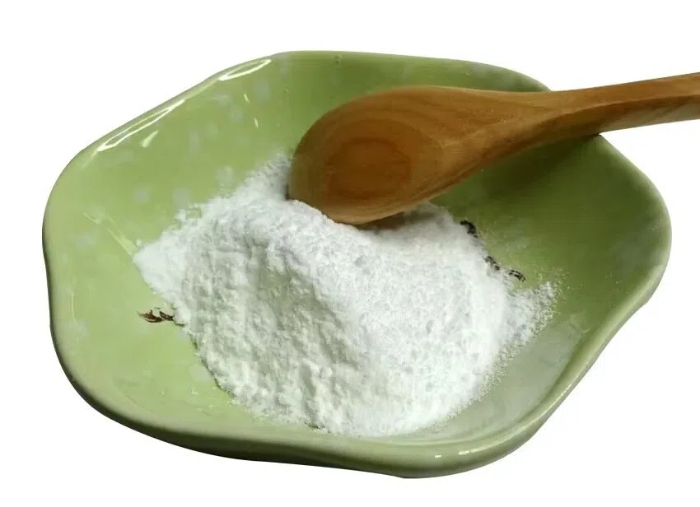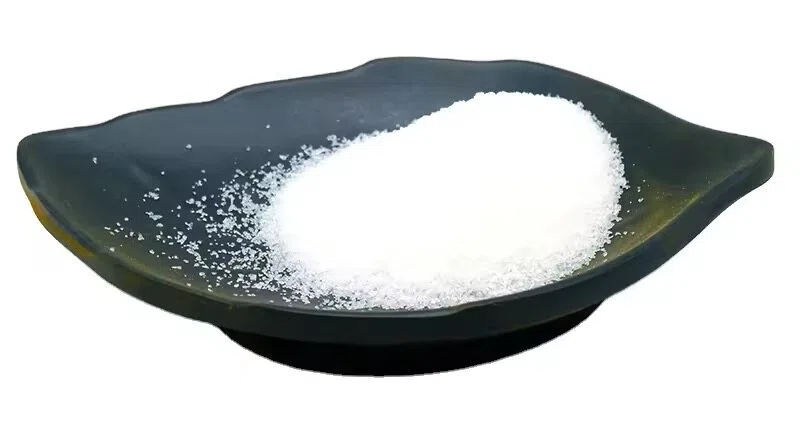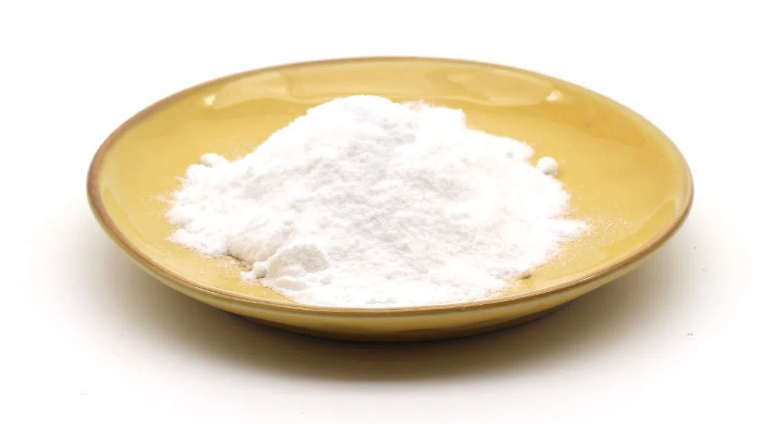Views: 222 Author: Sara Publish Time: 2025-10-25 Origin: Site








Content Menu
● Expanded context on the market landscape and value chain
● Manufacturing technologies and process innovations
● Regulatory and quality standards
● Applications and market demand
● Visual and multimedia content recommendations
● FAQ
>> 1. What makes isomaltulose a preferred sweetener?
>> 2. Who are the top isomaltulose manufacturers in South Korea?
>> 3. What industries use isomaltulose in South Korea?
>> 4. How do South Korean manufacturers ensure product quality?
>> 5. Is isomaltulose production sustainable in South Korea?
Isomaltulose is gaining significant attention as a healthier alternative sugar worldwide, including South Korea, due to its beneficial properties such as slower energy release and better digestive tolerance. South Korea's market for isomaltulose is growing as manufacturers focus on developing high-purity products for industries like sports nutrition, infant food, diabetic-friendly foods, and low-glycemic products.This article provides an in-depth look at the leading Isomaltulose Manufacturers and Suppliers in South Korea.[6][11]

South Korea's isomaltulose segment benefits from a robust food and beverage manufacturing ecosystem, a strong emphasis on health and wellness, and active participation in international supply chains. Local producers leverage advanced enzymatic and biocatalytic processes to convert sucrose into isomaltulose with high purity, while international partners contribute to technology transfer, quality standards, and global distribution. The cooperative dynamics among domestic producers and multinational ingredient suppliers support a diversified product portfolio, including fully pure isomaltulose for pharmaceutical excipients, functional beverages, sports nutrition, and infant nutrition. These collaborations help South Korea maintain a competitive edge in both purity and cost-effectiveness, ensuring consistent supply for domestic manufacturers and for export to overseas markets.[1][4]
Isomaltulose production typically involves biocatalytic rearrangement of sucrose using specific enzymes, followed by purification steps to achieve high purity. Advances in microbial and enzyme engineering, immobilized biocatalysts, and integrated purification systems have reduced production costs and improved product consistency. In addition, process optimization—such as optimized enzyme loading, reaction time, and downstream processing—contributes to higher yields and lower impurity profiles. Continuous improvement in fermentation and biocatalysis practices aligns with sustainable manufacturing goals, including reduced energy consumption and waste minimization. These technological progressions underpin the ability of South Korean manufacturers to deliver high-purity isomaltulose suitable for sensitive end-uses like infant formula and medical nutrition.[4][1]
Isomaltulose used in food and pharmaceutical applications is subject to stringent regulatory oversight to ensure safety, purity, and consistent performance. South Korean producers align with international standards and certifications, often targeting global customers who require GMP, HACCP, ISO 22000, and other quality management frameworks. Adherence to quality control throughout production—from raw sucrose sourcing to final polishing and packaging—helps ensure low levels of residual sugars and minimal contaminants, which is crucial for diabetic-friendly and infant nutrition applications. Collaboration with international buyers often necessitates transparent documentation, traceability, and third-party lab analyses to satisfy importer requirements.[11][4]
- Sports nutrition: Isomaltulose provides sustained energy release, supporting endurance and stable blood glucose levels during prolonged exercise. South Korean sports nutrition brands incorporate isomaltulose into drinks, gels, and chewable formats to offer a low-glycemic option with a clean taste profile.
- Infant nutrition: GentleDigest formulations benefit from isomaltulose's slower digestion, helping to minimize postprandial glucose spikes and support gradual energy release in growing infants.
- Diabetic-friendly foods: Given its low glycemic index, isomaltulose is attractive for products targeting glycemic management, including meal replacements, snacks, and beverages.
- Functional beverages and confectionery: In beverages, isomaltulose can replace sucrose to improve metabolic response and reduce rapid sugar spikes, while preserving mouthfeel and sweetness. In confectionery, isomaltulose supports sugar-reduced products with desirable texture and flavor characteristics.
- Bakery and dairy: Isomaltulose serves as a sugar substitute in recipes that require controlled sweetness and slower digestion, including dairy-based desserts and bakery products.

- Sustainability emphasis: Local producers are increasingly adopting energy-efficient purification steps, waste minimization, and responsible sourcing of raw materials to meet sustainability criteria of global customers.
- Ingredient standardization: There is a growing push for standardized isomaltulose grades (e.g., high-purity 99%+) to minimize formulation variability across batches and simplify regulatory approvals.
- Supply chain resilience: Diversified sourcing and regional production hubs reduce dependency on single supply routes, improving reliability for multinational clients.
- Infographics: The health benefits, metabolic pathways, and comparative glycemic profiles of isomaltulose versus sucrose and glucose.
- Facility tours: High-level visuals showing modern South Korean production lines, purification units, and quality control laboratories.
- End-use demonstrations: Short clips illustrating isomaltulose in sports drinks, infant formula, and diabetic-friendly snacks.
- Expert interviews: Short segments with R&D leads or quality managers discussing process improvements, purification strategies, and product validation.
South Korea remains a dynamic hub for isomaltulose manufacturing and supply, driven by a combination of strong domestic demand, advanced biocatalysis capabilities, and strategic partnerships with international players. The market's trajectory points toward higher purity standards, greater emphasis on sustainability, and expanded applications across health-focused sectors. With leading local producers and active global collaboration, South Korea is well-positioned to continue shaping the future of isomaltulose as a preferred sugar alternative for health-conscious consumers worldwide.

Isomaltulose offers slow energy release and high digestive tolerance, making it suitable for diabetic-friendly, sports nutrition, and infant foods, while maintaining taste and mouthfeel.[6]
CJ CheilJedang is a leading domestic producer, complemented by international firms such as BENEO and Cargill that collaborate on production and supply within the region.[12][11]
Sports nutrition, infant nutrition, confectionery, bakery, and diabetic-friendly product segments are prominent end-use areas.[11]
Through rigorous R&D, advanced purification technologies, and strict quality control systems that deliver high-purity isomaltulose suitable for sensitive applications.[3][12]
Manufacturers are adopting sustainable production practices, energy-efficient processes, and responsible sourcing to meet environmental standards and customer expectations.[11]
[1](https://acnfp.food.gov.uk/sites/default/files/mnt/drupal_data/sources/files/multimedia/pdfs/isomaltulose.pdf)
[2](https://pubmed.ncbi.nlm.nih.gov/17160347/)
[3](https://www.linkedin.com/pulse/isomaltulose-raw-material-market-applications-fsfrf)
[4](https://patents.google.com/patent/EP3653708A1/en)
[5](https://patents.google.com/patent/KR970009295B1/en)
[6](https://www.sciencedirect.com/science/article/pii/S0963996922001181)
[7](https://pmc.ncbi.nlm.nih.gov/articles/PMC2519274/)
[8](https://www.linkedin.com/pulse/south-korea-isomaltulose-market-size-automation-outlook-jznvf)
[9](https://pdfs.semanticscholar.org/3950/da3b8d8286dd51bec19cc7880f2b1eaa33df.pdf)
[10](https://cdnsciencepub.com/doi/pdf/10.1139/cjm-2014-0493?src=recsys)
[11](https://www.futuremarketinsights.com/reports/isomaltulose-market)
[12](https://www.linkedin.com/pulse/top-isomaltulose-companies-how-compare-oytrc)
